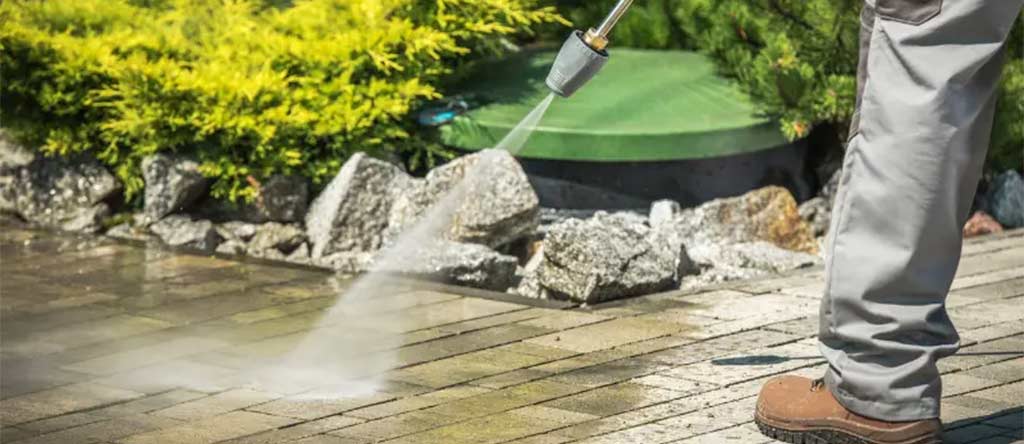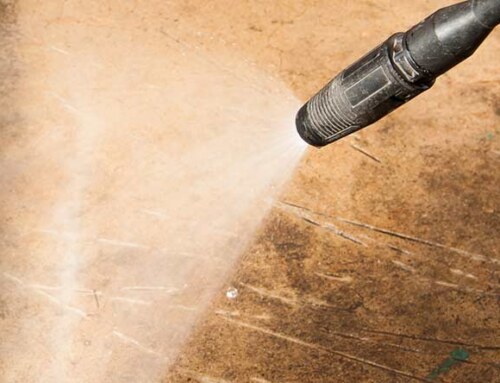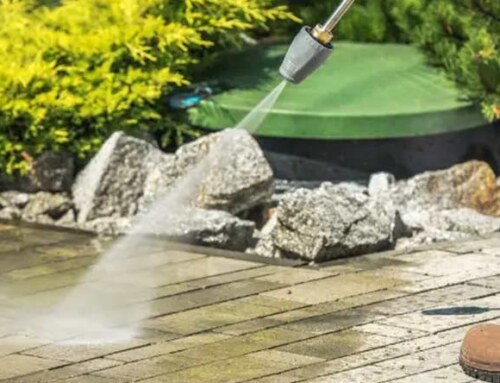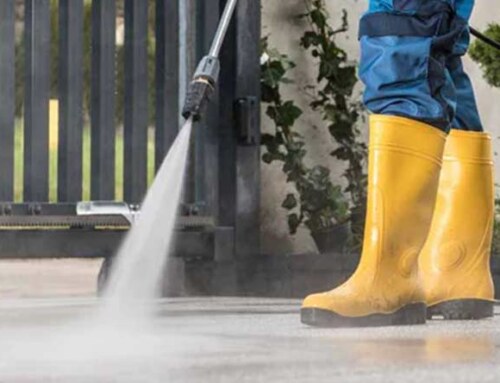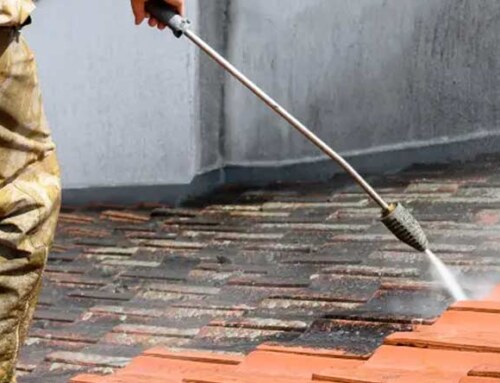Regular cleaning rarely damages the paint on your wall, as most modern paints are made from sturdy chemicals that will not fade after cleaning. However, pressure washers apply extreme force through the machines, which is likely to be much more destructive. Will the paint be removed if pressure washing is used instead of normal washing?
Can Pressure Washers Remove Paint?
The short answer is yes—pressure washers can remove paint. However, the success of paint removal using a pressure washer depends on several factors, including the type of paint, the surface material, and how well the paint adheres to the surface.
Before attempting to remove paint with a pressure washer, it’s essential to consider the surface material. Wood, concrete, brick, and metal respond differently to pressure washing. Understanding these differences can help you achieve optimal results while minimizing the risk of damage.
| Surface Material | Considerations for Paint Removal |
| Wood | Soft and susceptible to gouging; requires lower pressure. Use caution. |
| Concrete | Durable and can withstand higher pressures, paint removal is usually effective. |
| Brick | Porous and textured; may hold onto paint more stubbornly. Moderate pressure is best. |
| Metal | It can withstand high pressure but is cautious of potential rusting and bending. |
The paint’s adhesion is just as critical. Paint that’s peeling or flaking will come off more easily than paint that’s still well-adhered. A good rule of thumb is to perform a small test patch in an inconspicuous area to gauge how easily the paint will come off.
With over 10 years of experience in pressure washing, Klein Pressure Washing selects only the most delicate tools to prevent causing damage to your paint.
The pressure setting and nozzle type you use can greatly impact the effectiveness and safety of paint removal. Start with a lower pressure setting and gradually increase it until you find the right balance that removes paint without damaging the surface.
Your technique is equally important when using a pressure washer to remove paint. Keep the nozzle at a consistent distance from the surface being cleaned—usually about 12 to 18 inches. Hold the spray at a 45-degree angle to the surface to lift the paint off rather than drive it deeper into the material. Move the spray in a constant, sweeping motion to avoid concentrating the pressure in one spot, which could cause damage.
Protecting Painted and Papered Surfaces While Pressure Washing
While pressure washers can be fantastic for cleaning and paint removal, what about situations where you must protect existing paint or wallpaper? If you’re planning a pressure-washing session and have areas in your home that need safeguarding, here are some proper precautions.
Use protective coverings such as plastic sheeting, painter’s tape, and drop cloths to cover surfaces you want to keep intact. Before starting the pressure washer, ensure all protective covers are securely in place. You can also use barriers made of plywood or cardboard for extra protection.
Reduce the water pressure when working near delicate areas or surfaces that you wish to preserve, such as freshly painted walls or wallpapered sections. Using a wider-angle nozzle like the White (40-degree) minimizes the intensity of the spray.
It is crucial to maintain an appropriate distance from the painted or papered surface. Keeping the nozzle at least 2 feet away from the surface will reduce the potential for damage.
Instead of broad, sweeping motions, employ a more controlled approach. Clean the immediate area surrounding the sensitive sections without directly hitting them. This localized cleaning method can achieve the desired cleanliness while sparing the painted or papered surfaces.
To protect small or hard-to-reach areas, use a soft-bristle brush or sponge for cleaning. Sometimes, good old-fashioned manual scrubbing is the safest way to clean intricate regions without damaging them.
To sum it up, pressure washers can indeed remove paint, but the method involves many variables, including surface type, paint adhesion, pressure settings, nozzle types, and technique. On the flip side, if you’re trying to protect painted or wallpapered areas during a pressure washing session, taking necessary precautions like using proper covers, reducing pressure, and maintaining an adequate distance can be invaluable.
If you need more clarification about tackling this job yourself or want to ensure professional results, consider contacting us. Klein Pressure Washing offers specialized services tailored to your needs, providing effective cleaning and the safety of your surfaces.
